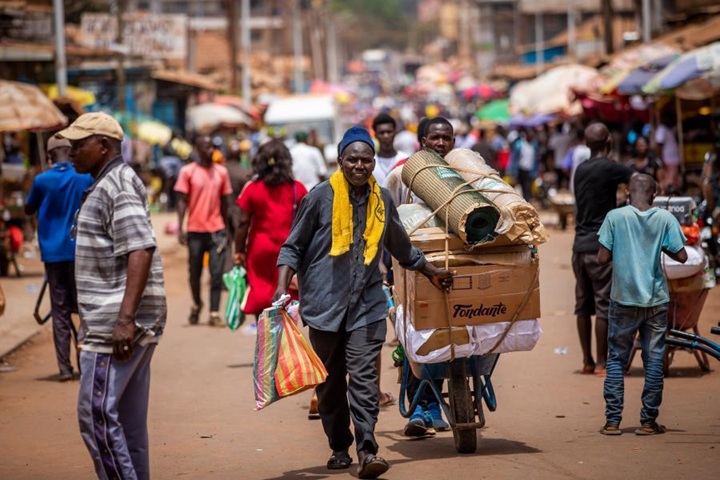Mozambique: Domestic debt service to peak at 20 billion meticais in September
IMF ‘denials of debt relief’ triggering health and education cuts in Mozambique, 10 other lower-income countries – Debt Justice

File photo: Lusa
Debt Justice, formerly the Jubilee Debt Campaign, warned on Tuesday that International Monetary Fund (IMF) policies are forcing cuts in health and education spending in eleven low-income countries, including Mozambique, Guinea-Bissau and São Tomé and Príncipe
“IMF denials of debt relief is triggering drastic health and education spending cuts in lower-income countries,” reads an analysis of the IMF’s recent financial adjustment programmes in eleven countries, which include three Portuguese-language countries: Guinea-Bissau, Mozambique and Sao Tome and Principe.
‘Health spending has been cut by 18% in countries where the IMF is requiring large-scale austerity rather than allowing them to seek debt relief,’ said the document to which Lusa has had access.
According to the analysis by this NGO dedicated to demanding debt relief in the poorest countries, “educativo spending has been cut by 16%” and “GDP growth per person is just 1.2%, less than half the average for countries in the global South”.
At issue is the IMF’s requirement that countries continue to honour their financial commitments and maintain a sustainable debt trajectory to be eligible for a financial adjustment programme.
“The IMF is breaking its own policies by finding external debts in these countries to be sustainable, when paying debts in full is leading to large cuts in spending on key social services, and trapping countries in low economic growth,” the report reads.
Debt Justice further argues that “the IMF has a policy which requires it to find that debt relief is needed when the Fund agrees loans if paying external debt in full will lead to a lack of progress towards development goals and unsatisfactory levels of GDP growth”.
However, they charge, “in none of their debt sustainability assessments in the eleven countries does the IMF even analyse what the impact of paying the high levels of debt in full will be on growth and development.”
Debt Justice’s research covers countries where the IMF provides long-term loans and where the IMF says there is a high risk of default, yet large-scale austerity is needed rather than debt relief.
In the eleven countries that meet these criteria, including three Portuguese-speaking countries, “real public spending per person has on average been cut by 10%, education spending cut by 16% and health spending by 18%. Real economic growth per person has averaged just 1.2%, less than half the average for countries in the global South”.
The eleven countries are Argentina, Republic of Congo, Egypt, the Gambia, Guinea-Bissau, Kenya, Mozambique, Pakistan, Papua New Guinea, Sao Tome and Principe and Sierra Leone.
In Guinea-Bissau, the IMF is running an extended financing programme, under which it has already provided this Lusophone economy with around €40 million in financing.
The financial adjustment programme in Mozambique was interrupted at the end of last year, following slippage in the vast majority of targets due to the violence in the last quarter after the announcement of the results of the presidential elections. Still, at the end of August, the IMF said that discussions on a new financial adjustment programme would continue “in the coming months”.
In São Tomé and Príncipe, the IMF has an ongoing ECF that will last until almost the end of 2027, under which more than €21 million will be disbursed.
Africa’s external debt has risen to more than $650 billion (€552 billion), and debt servicing costs will reach almost $90 billion (€76.4 billion) in 2024, according to the United Nations.
These high levels of debt allow foreign investors to impose higher interest rates on loans or debt issues made by these countries, leading to an increasing bet on domestic debt markets, to the point where banks’ limited financial support for local companies has become a concern.












Leave a Reply
Be the First to Comment!
You must be logged in to post a comment.
You must be logged in to post a comment.